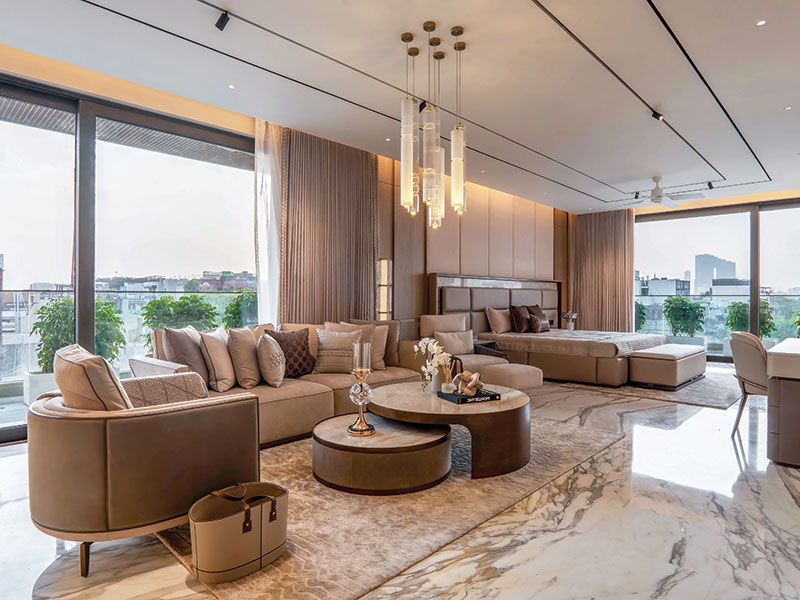
According to the WHO, nearly 3.4 billion people around the world live in rural areas. In the coming decade, this number may go down to 1.5 billion. With such a large population around the world moving from the rural to urban or changing the environment of their locality through development, urban designers have to re-evaluate their larger scope at work along with its equivalent responsibilities.
Designing in terms of street planning and settlements are just two of many other factors that will shape the lives and culture of the people. Factors such as circulation patterns, adverse effects of vegetation that will be destroyed to create space, recreational hotspots to encourage engagement, climate tracking and disaster escape routes are essential topics of discussion. One team may not be able to decide the visuals of an entire city. It is a collective work of all the big/ small decisions put together that work well with one another.
Facades are one such decision-maker of the city’s ‘look and feel’.
Façade designing is a battle against all the factors of urban design and function it serves to the structure. When ideating on a design narrative or ideology it’s important to focus on a three-point approach: Form follows function, form follows fiction (narrative) and finally, form follows finance. The functionality of the concept, the story it narrates and the financial scope it entails to bring it to fruition are the three prongs on which design and innovation stand. Innovation being simple along with necessary technology can create wonders on the macro-level of designing.
Climate change and the challenges it brings to both ours and future generations are one of the primary drivers of design today. Climate studies help us align landscape and built environments so that their orientations are more conducive to energy and resource conservation. Under unfavourable conditions, physical intervention is required to have the desired result with energy savings, micro-climates and the general well-being of inhabitants.
Sustainability and green architecture are the buzzwords in today’s climate crisis narrative. Neither of these are limited to nor revolve around only planting trees. It behoves us to remember that it also means that the resources available for consumption must not be depleted so that future generations are left in peril. Saving energy doesn’t necessarily mean the complete stoppage of usage. The right materials and the right design will help us achieve far more optimal results and savings.
For instance, in a recent Hyderabad based master plan development project, the climate study displayed heat signatures across the central landscape pavilion to be consistent throughout the year. The study also showed that despite ‘popular belief’ a comfort quotient of between 65- and 75-degrees Fahrenheit is achieved only between November and January. The radiance analysis showed that almost 20 – 40 per cent of the floor plate is penetrated by the summer and winter sun leading to significant heat and glare. The wind path study also enabled us to know that the maximum wind flow was from east to west or west to east.
The current tower placement obstructed the wind path and the purpose of wind towers between blocks was negated with the absence of wind penetrating such cores. As a result, several possible physical interventions to enable a more innovative and climate-friendly facade were proposed. Some of these were inclined fins, light shelves, ventilation slots, biophilic screening and venturi controls. Mental callisthenics are not necessarily the need of the hour. The urge to not only think out of the box but also to reshape the box is. Earth’s resources are not infinite and neither is a race’s existence.
As designers of the population’s built environments, we must look to ideate, design and shape our facades and consecutively our community and the world it inhabits in the most meaningful, sustainable and functional way possible. It will not only define civilization’s present but re-define its future too.
Facade designing and urban development are associated with each other just as bricks are associated with buildings. Just as each brick bonds together to form a structure, each façade comes together to shape and define the urban landscape.















